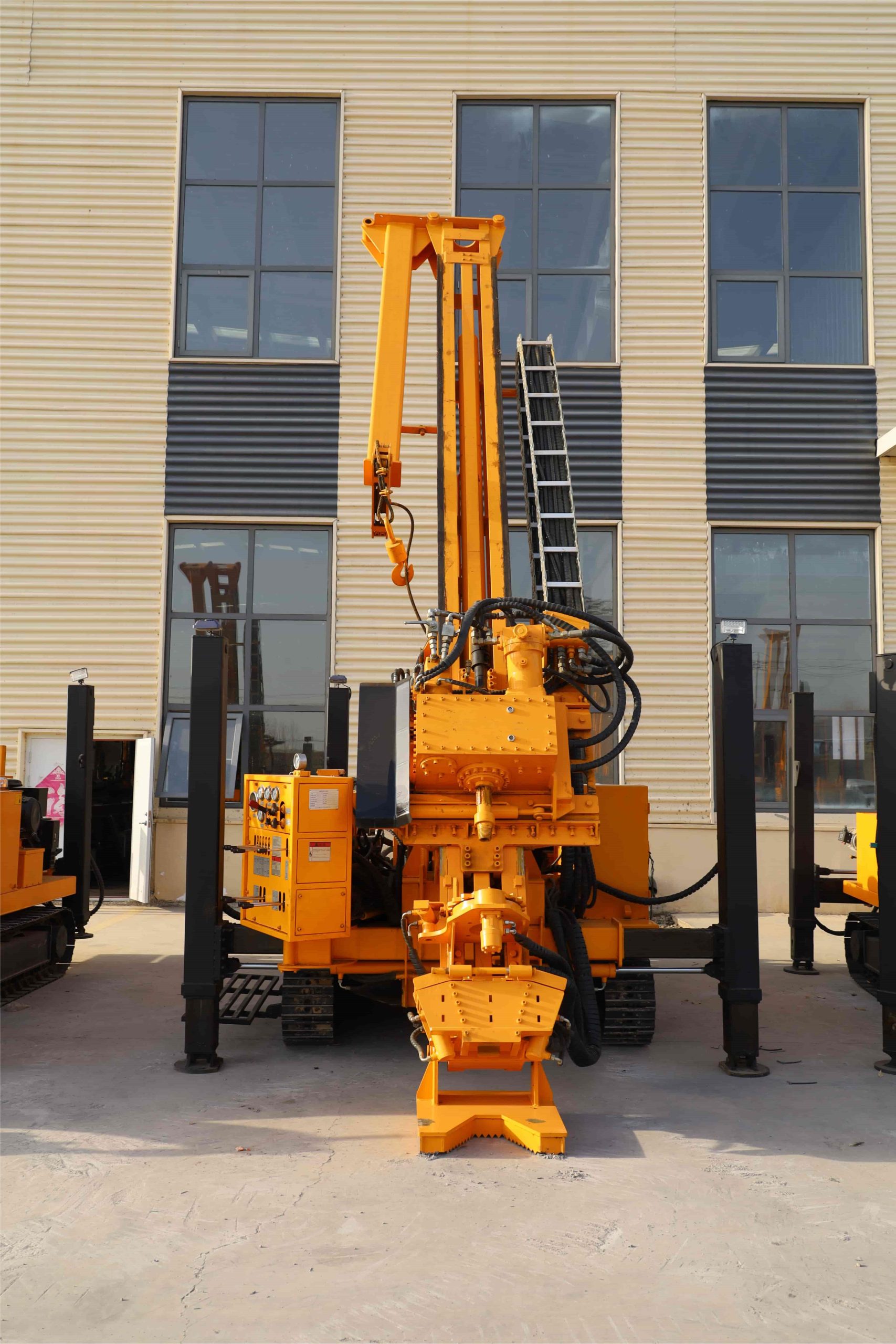Core Drills vs. Other Drilling Rigs: Key Differences and Applications

In the world of drilling, not all rigs are created equal. While core drills, rotary drills, and percussion drills all penetrate the ground, their designs, purposes, and applications vary significantly. Understanding these differences is crucial for selecting the right tool for a project, whether it’s mineral exploration, water well drilling, or construction.
Core drills are defined by their focus on sample retrieval. Unlike other rigs that prioritize creating holes, core drills use hollow bits to extract intact rock cores. This precision makes them indispensable in geological surveys and mineral exploration, where analyzing subsurface composition is critical. For example, a core drill can retrieve a 10-foot-long rock sample that reveals layers of mineral deposits, while a rotary drill, which crushes rock to create a hole, would destroy such evidence.
Rotary drills, the most common type of drilling rig, operate by rotating a drill bit to break rock or soil. They are widely used in water well drilling, oil exploration, and construction. Unlike core drills, rotary drills use drilling mud to lubricate the bit and carry cuttings to the surface, making them more efficient for large-scale projects where sample preservation is unnecessary. However, their inability to retrieve intact samples limits their use in geological research.
Percussion drills, which use a hammering action to break rock, are ideal for hard formations. They are often used in mining for creating blast holes or in construction for foundation work. While effective in tough conditions, percussion drills are less precise than core drills and generate excessive vibration, making them unsuitable for projects requiring intact subsurface samples.
 Plataforma de perforación Bangxin
Plataforma de perforación Bangxin